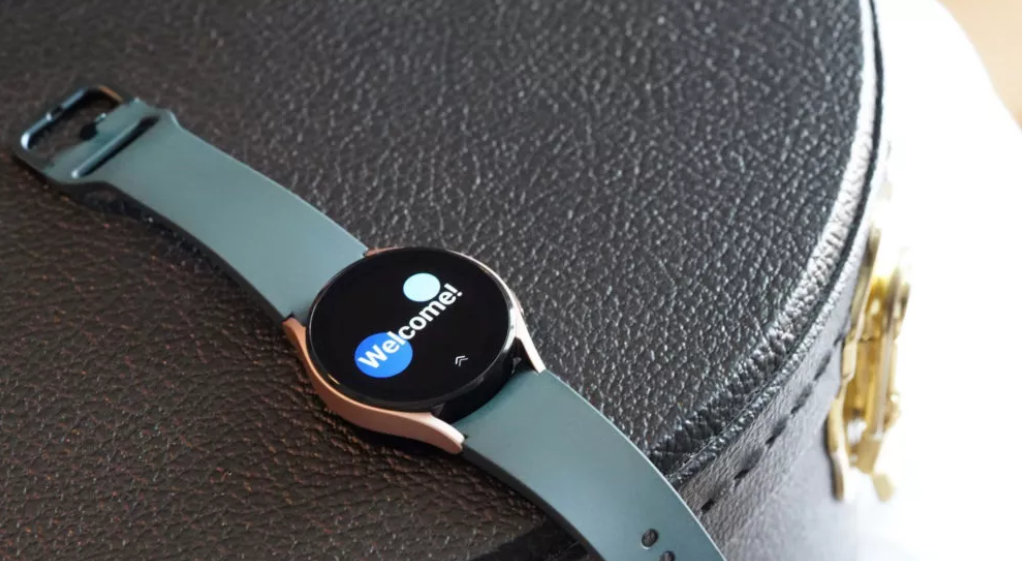Altitude can be a difficult measurement to get in many instances. This is because there are not always reliable altimeters around from which to take readings, and the measurements sometimes have to be adjusted depending on who is taking them. For hikers and other outdoor enthusiasts, having an accurate reading of altitude is extremely important for getting through their expeditions unscathed.
One of the best features of the Honor Magic Watch 2 is its built-in altimeter. All you need to do is press the function button and you will see an altitude reading based on the current height above sea level. You can also adjust the honor magic watch 2 altimeter settings to have the watch read out your height in meters or feet, which is incredibly convenient if you’re using a different measurement system.
The honor magic watch 2 altimeter has a built-in GPS and barometer that are used to measure your height above sea level at all times. These features are extremely useful for hiking, climbing, and hunting as you can accurately track how high you have climbed or descended.settings to have the watch read out your height in meters or feet, which is incredibly convenient if you’re using a different measurement system.
Best Ways to Get The Most Out of Your Altimeter Watch
Adventurers of all stripes can benefit from the precise readings of the altimeter watch. But before you hit the trail, check out the following tips for getting the most out of your new timepiece.
Tip 1: Keep track of your trip data. Some altimeter watches come with a built-in memory that lets you store information about your trips, such as elevation gain, descent, and trip distance. This is a great way to monitor your progress over time.
Tip 2: Make sure your watch is calibrated before using it. Altimeter watches use barometric pressure to calculate elevation, so if you move from a high altitude area to a low altitude one without calibrating, you won’t receive accurate readings. Luckily, this is easy to do — just hold down the Mode button to enter Calibrate mode and then select [Reference Altitude]. Enter the current local elevation and press Start/Stop.
Tip 3: Take regular breaks when hiking at higher elevations. The higher you climb in elevation, the thinner the air becomes and the more difficult it is for your body to get oxygen. In general, experts recommend people take a break every 1,000 feet above 8,000 feet — but this will vary depending on how well adjusted you are to high altitudes. So from the watch’s reading, you can know how far you are above the sea level and know when to take a break.
Other Useful tips to Note When Using Your Watch
If you’ve been wearing an altimeter watch for a while, chances are you’re getting the hang of it. But it’s very possible that you’re missing out on some of its most useful features. Here are some useful tips and features you should know.
1. Make sure your watch’s battery is fully charged and the time is set correctly.
2. Be sure to read your owner’s manual and get familiar with how your watch works — if nothing else, make sure you understand how to access the various functions, how to change modes, where and when to use the backlight, and so on.
3. Start slow! Don’t try to do too much, too soon — this is especially true if you are new to outdoor activities. Start by going for a walk or hike near home or in a park or other open space close by. You can stick close to your comfort zone until you feel more confident using your new altimeter watch and exploring what it has to offer. The watch tracking and altitude measuring ability can be so engaging to go to higher heights. So you should start slow.
4. If you find that you really love hiking and want to start going longer distances and higher elevations, consider joining a local hiking club or finding an experienced partner. You definitely can’t depend on the watch throughout; more so after it’s run out of power.
5. Take frequent readings. To get more accurate readings, take them frequently — once every 15 minutes or so — especially if there’s a lot of variation in elevation along your trail or route. If you’re climbing at a steady rate, you’ll only need to take readings every hour or two.




